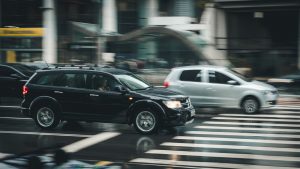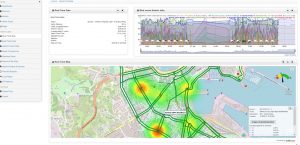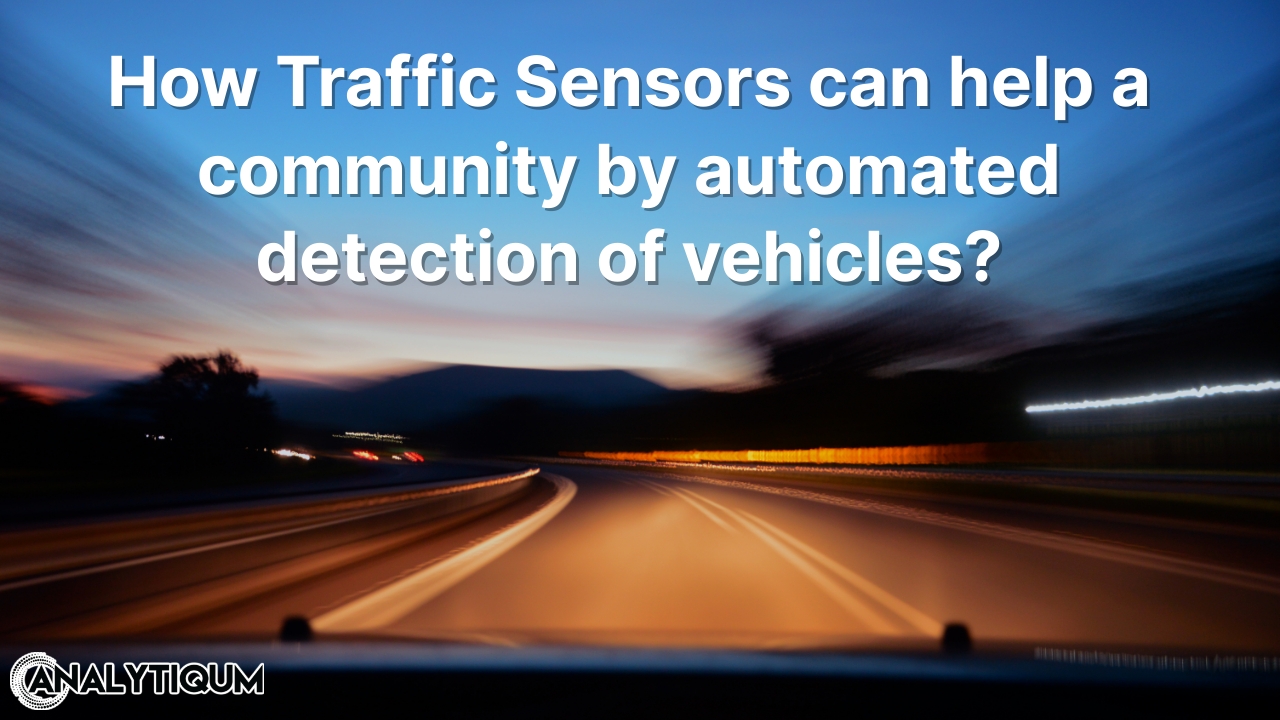Why does traffic congestion happen?
Traffic congestion can happen when there are too many cars on the road. This happens during busy times, like rush hour.
Another reason for traffic congestion is when the traffic signals are not timed well. This can cause vehicles to bunch up and create gridlock.
Some of the reasons for traffic congestion are accidents, weather conditions, and construction projects.

What are the many benefits of reducing traffic congestion?
Reducing traffic congestion is good for public safety. When roads are less congested, there is less chance of accidents occurring. This means that people will be safer when they are on the roads.
Traffic congestion can make it hard for drivers to get where they’re going. This can cause them to waste time and money. Reducing traffic congestion can help improve traffic flow and make roads more efficient. This can save time and money for both drivers and businesses.
Traffic congestion can also have a negative impact on air quality, as emissions from idling vehicles contribute to pollution. Reducing traffic congestion leads to fewer cars on the road which cause less pollution.

How can traffic sensors help reduce traffic congestion?
Traffic sensors can help reduce traffic congestion by providing information about the number of cars on the road. This information is called automated vehicle detection. Engineers and planners can use this data to better manage traffic flow.
Sensors can also provide information on vehicle speed and travel times. This information can be used to improve traffic signal timing and routing.
Traffic sensors can help make a community more livable and efficient.
What are the best features of traffic sensors that will help traffic engineers make better decisions about traffic flow?
Some traffic sensors have features that will help traffic engineers plan traffic more effectively and efficiently.
- The ability to detect how many vehicles are on the road.
- The ability to provide information on how fast a car is going and how long it will take to get to a certain destination.
- The ability to help improve traffic signal timing and routing.
Traffic sensors can help make a community more livable and efficient.
How can traffic congestion be measured?
The easiest way to avoid traffic is to monitor all the things that make traffic happen. You can do this with technology, like cameras and sensors. These will help you see where the traffic is, and then you can avoid it.
There are some very interesting features of the video cameras available today. They have deep learning algorithms that can tell the difference between objects. They can also detect movement and determine the size and shape of objects in a scene. This is important for many different applications but it can also be used for automated vehicle detection.
These video cameras are perfect for watching traffic and detecting bottlenecks. Cities can use this information to figure out where the traffic is coming from and then make adjustments to road layouts or add new infrastructure.
For example, the new Autoscope Intellisight platform uses data to show traffic conditions. This information can be used to help manage traffic. When there are fewer cars on the road, there will be fewer traffic jams.

Autoscope Intellisight uses the most sophisticated detection algorithms with AI and machine learning to create the best video analysis. This allows for better vehicle detection, bicycle and pedestrian detection, gathering of real-time traffic data, and Smart City connectivity with other systems.
Traffic monitoring cameras are important for transportation professionals who want to make data-driven decisions to improve traffic flow and safety. These cameras provide live streaming video that can be used for real-time monitoring or post-event analysis.
Autoscope Intellisight detectors are also important for traffic engineers. Cities can use this technology to make adjustments to the road layout or add new infrastructure to help people stay safe. Autoscope Intellisight detectors can identify where pedestrians and cyclists are, what their behavior is, and identify unsafe movements at traffic junctions.
The data from these sensors can be used to direct cars around traffic jams. The data will help create a route for the cars that avoids traffic.
One example of how new video camera technology is used for automated traffic detection is the Autoscope Intellisight platform.
If you want to learn more about the new Autoscope Intellisight and how it can help with your traffic monitoring plans, please schedule a 30-minute introductory session.
https://swiy.co/demo_autoscope
The newer technology can also monitor wireless devices, like Bluetooth and WiFi devices, to provide traffic information for cities.
There is a new traffic sensor system that is called “DeepBlue.” This system can provide complex information about travel times, congestion, and where people are going.

The Deep Blue traffic sensor helps traffic planners to better manage traffic flow. Some benefits of using these sensors include:
- The sensors can track the movement of vehicles and tell you how long it will take to get to a certain place. It can also tell you how bad the traffic is.
- Detailed information on origin-destination matrices can help planners identify where traffic congestion is happening. This information can help them find ways to address the problem.
- The sensors in the car can help identify potential hazards on the road. This information can help make the roads safer for everyone.
If you want to learn more about the new DeepBlue detection platform, please schedule a 30-minute introductory session.
https://swiy.co/deepblue
How can origin-destination information be used?
Origin-destination matrices can help planners see where traffic is congested and what can be done to address the problem.
If you are a traffic engineer or planner, you know that one of the best ways to reduce congestion is to collect data on how people are traveling. This data can come from many different sources, but one of the most useful is an origin-destination (OD) matrix.
1. What is an origin-destination matrix (OD matrix)?
An OD matrix is a table that traffic engineers and planners use to collect data on how people are traveling. By using this table, they can gather information about where cars are coming from and going to in their community. This information is essential in reducing congestion.
2. How can OD matrices help traffic planners reduce traffic congestion?
Origin-destination matrices are being used more and more to help reduce traffic congestion. This includes optimizing traffic signal timing, using smart parking technologies, and dynamic route guidance systems. These initiatives make it easier for people to travel around their communities safely and quickly.
3. What are some of the benefits of using OD matrices for traffic planning purposes?
OD matrices can be a powerful tool to help reduce traffic congestion and improve transportation efficiency in communities.
4. Are there any drawbacks to using OD matrices for traffic planning purposes?
There are a few key things to keep in mind when using OD matrices for traffic planning purposes:
- We need to make sure that our data collection is accurate and reflects the traffic patterns in our area.
- It is important to use sustainable and environmentally friendly transportation solutions. This will help protect our environment and keep our planet healthy.
- You need to keep monitoring and evaluating your work to see where you can improve.
DeepBlue traffic detection sensors are a type of traffic monitoring system that provides more than 16 types of OD traffic information.
The DeepBlue Core+ is a trafficnow data analysis tool that offers a lot of information about where people are coming from and going. You can use it to study how traffic flows in and around a city.

The system provides data on how long trips are on the roads, and this information is important for planning transportation.
The DeepBlue Core+ engine can tell the difference between cars and people. It also uses data from lots of different sensors to help make this decision.
There are two types of matrices: departure and arrival. A departure matrix looks at where a vehicle came from, and an arrival matrix looks at where a vehicle is going. You can choose to look at data from one sensor or all sensors over a certain time period.
If you want to learn more about the new DeepBlue Core+ traffic monitoring platform, please click the link to schedule a 30-minute introductory session.
https://swiy.co/deepblue

